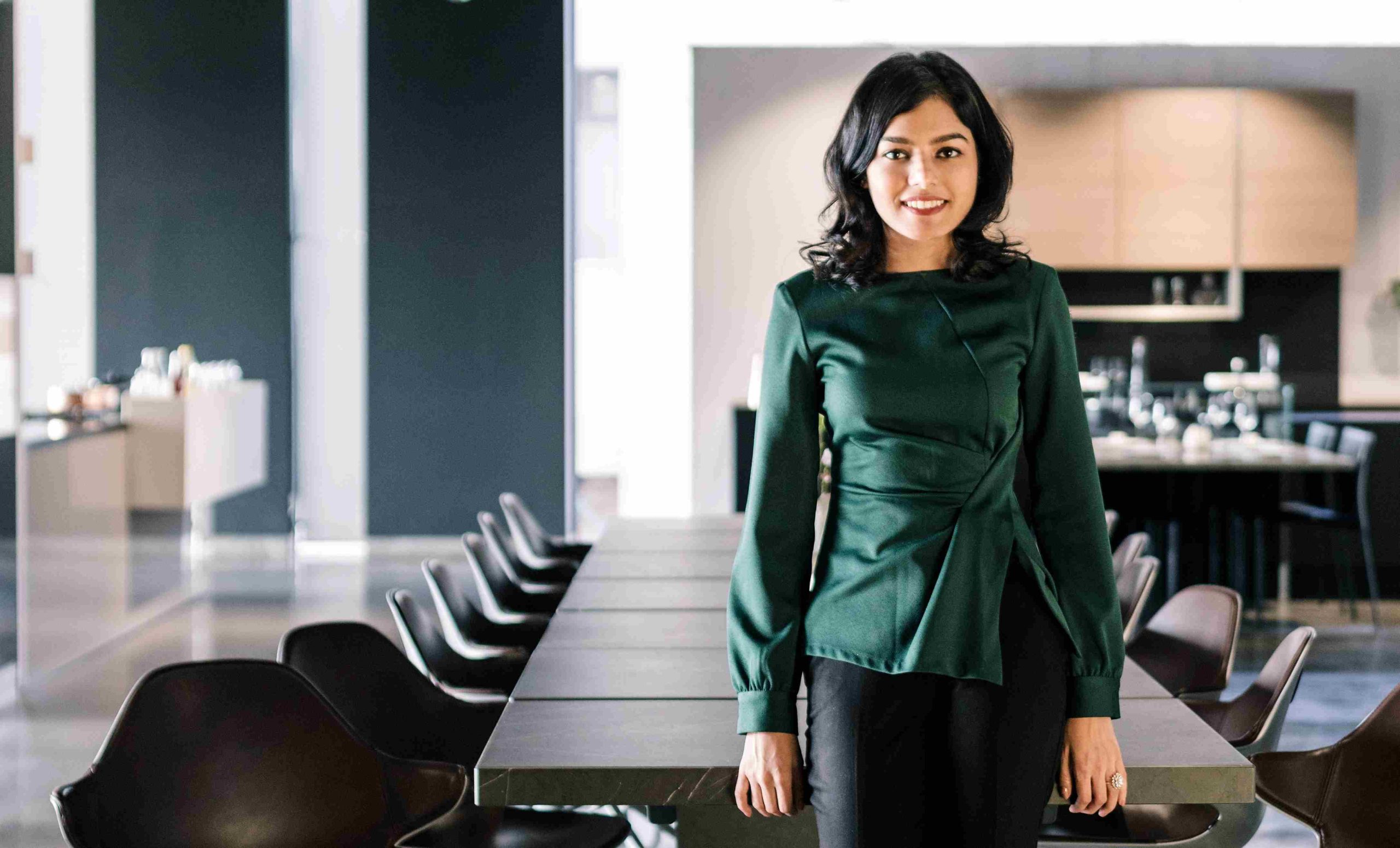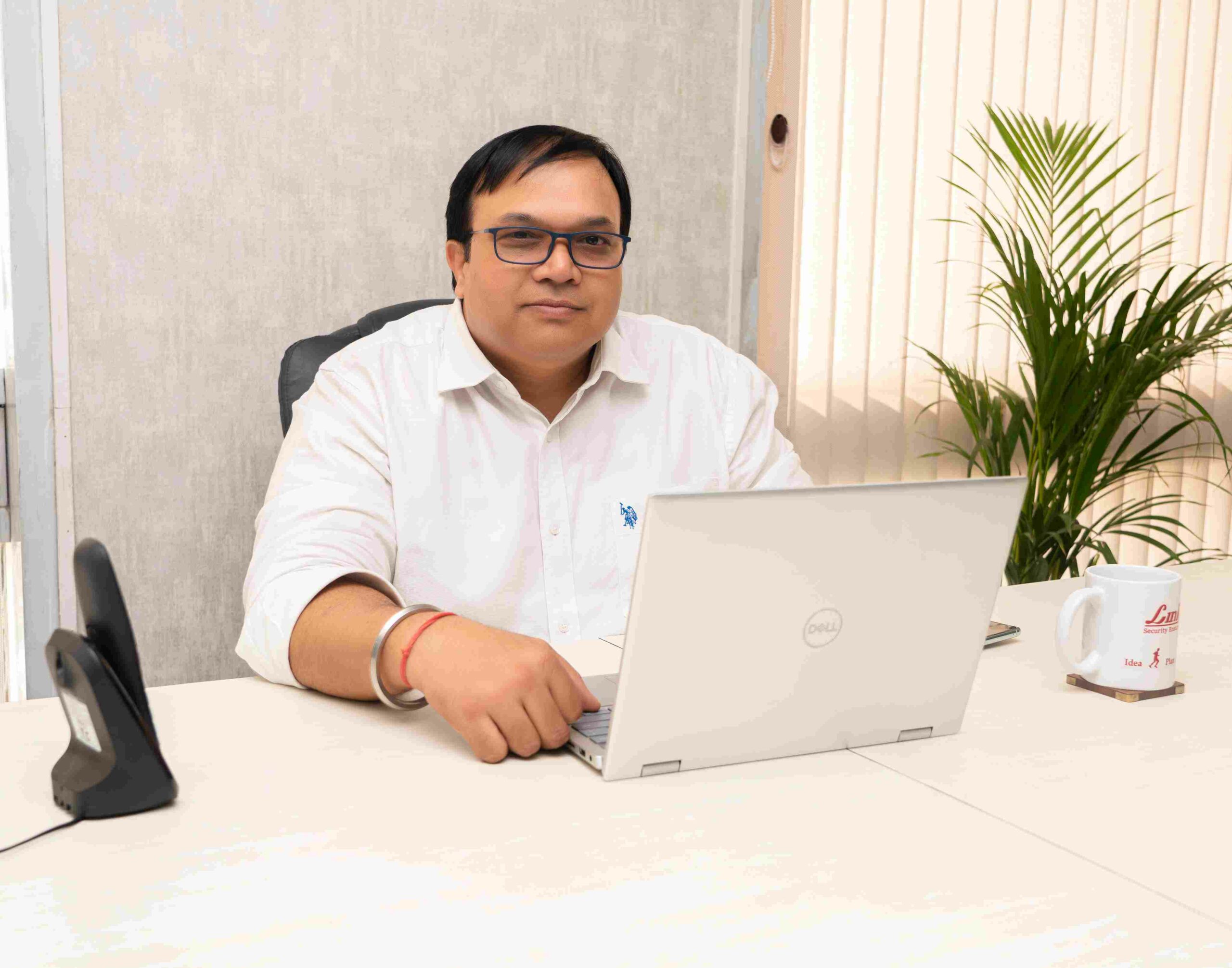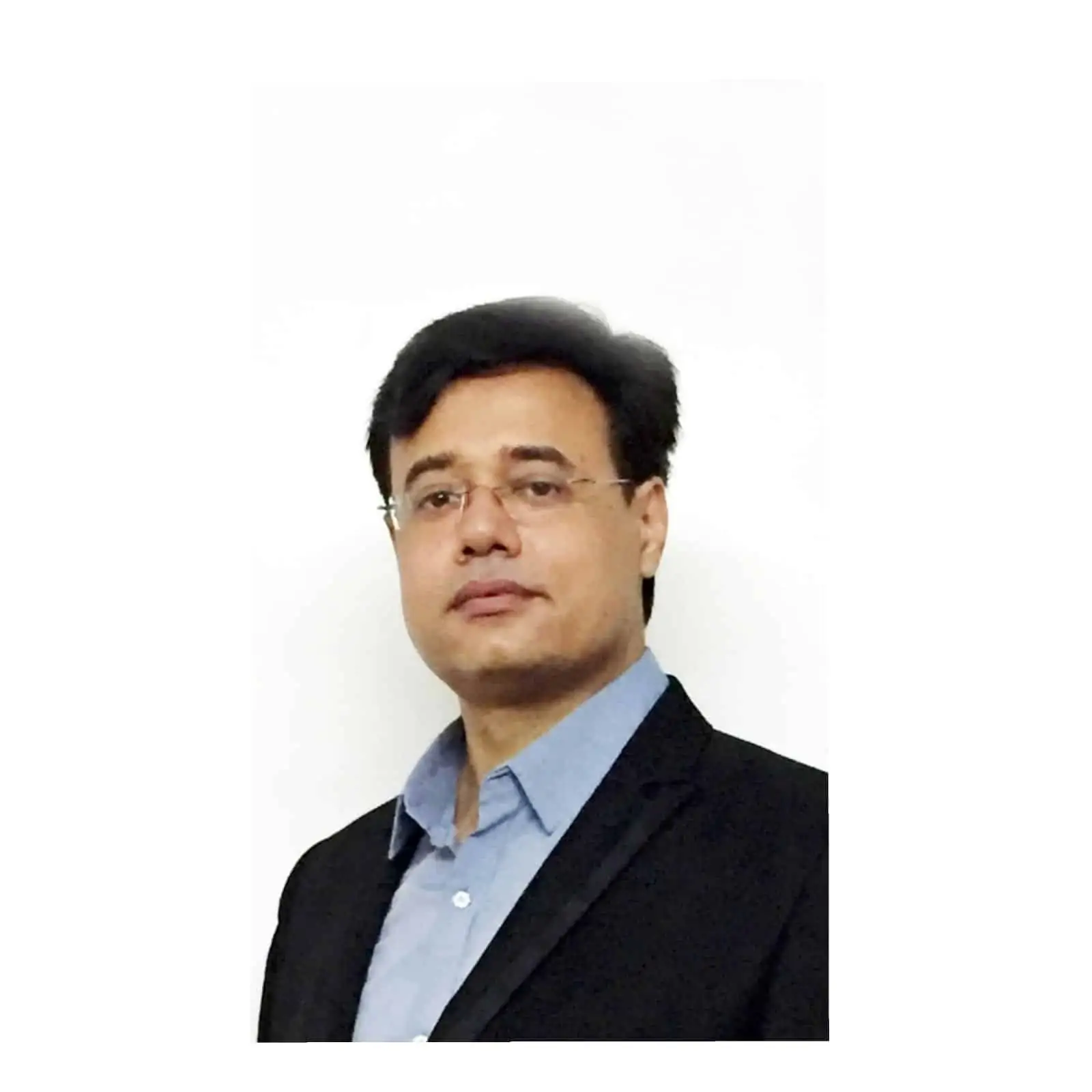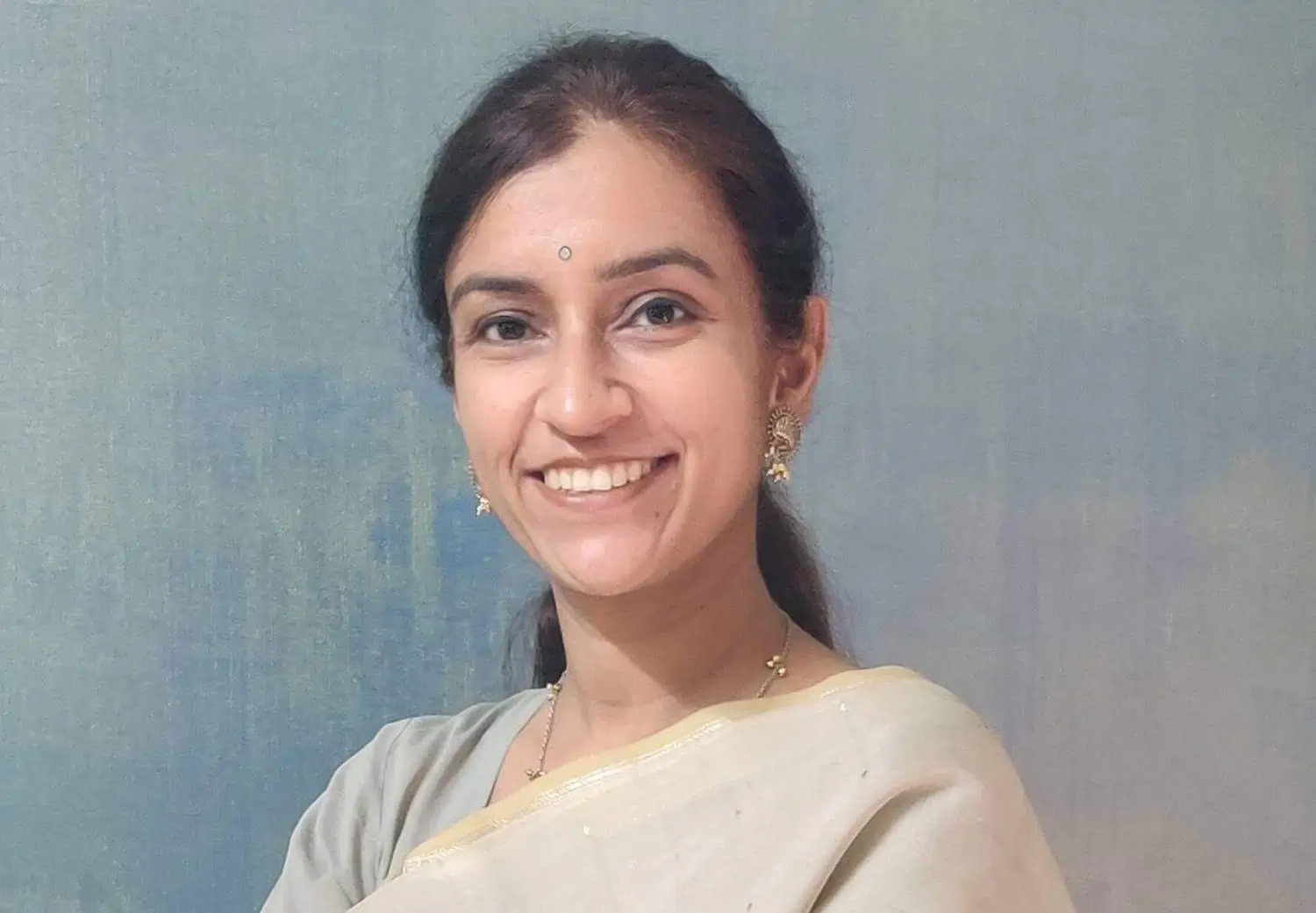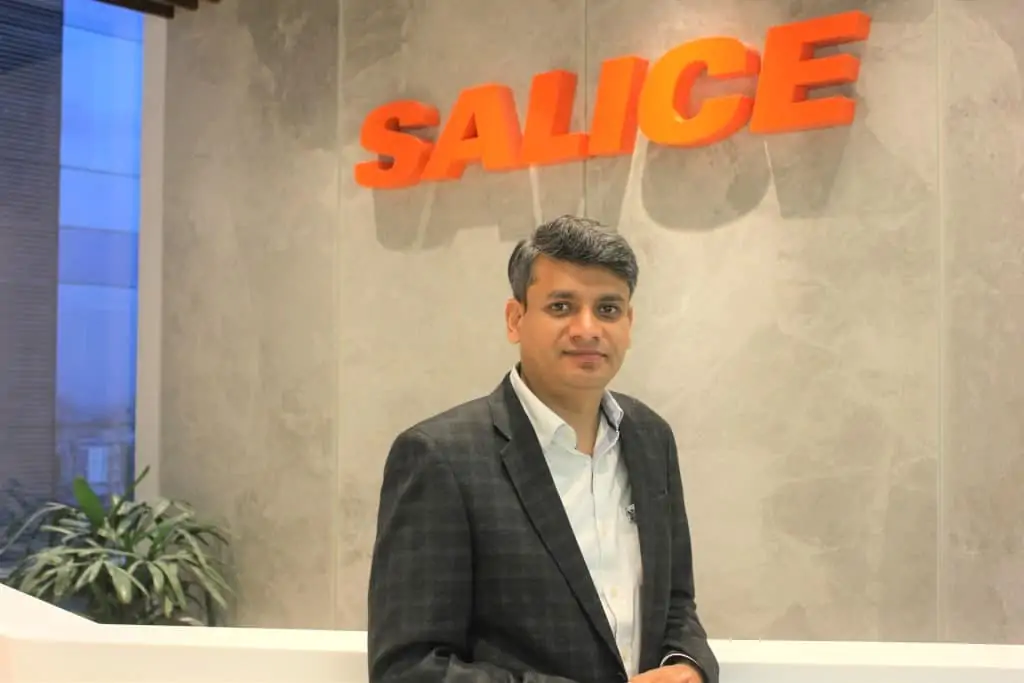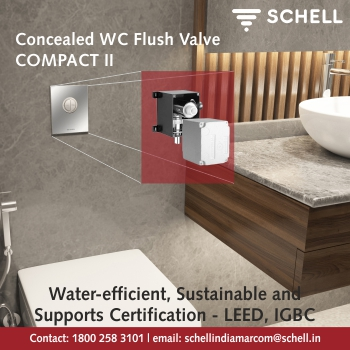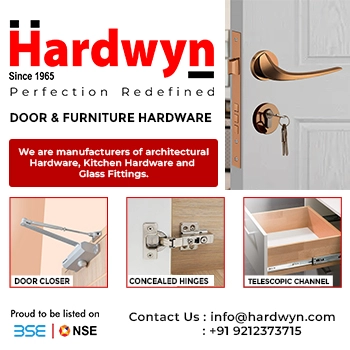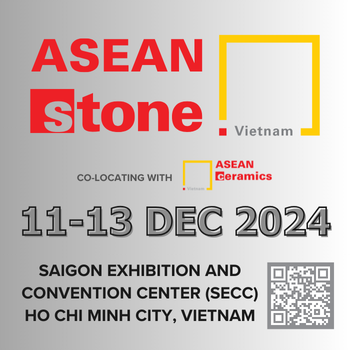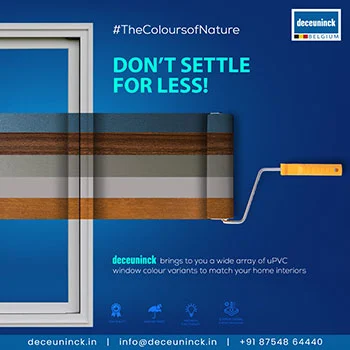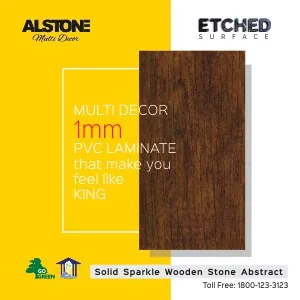
Sustainability is becoming an important element in building projects. It is assuming importance across all categories of projects, especially in premium projects. Each building project has it’s own set of limitations. It is true even for the high-end projects, where the cost of materials is not the only deciding factor. Concur Architects & Interior Designers is a well-established Architecture firm which has delivered many premium projects. Ar. Vikas Sheware, Principal Architect, Concur Architects & Interior Designers speaks exclusively to buildingandinteriors.com on the dynamics of premium projects, including the need for sustainable building solutions in such projects.
B&I: You specialise in designing high-end projects. What are your takeaways from such projects – on both the client and supplier side?
VS: As an Architect, I have designed premium projects across a varied clientele, ranging over both commercial and residential spaces. These include high-end retail stores, townships, farmhouses, villas, etc. Premium projects require an Architect to maintain a difficult balance between the expectations of the client (since cost is not really the focus when it comes to product/solution selection) and what’s available in the market. Based on the client’s expectations, we have to see what the best available solutions are in the market. Than is the task of educating and familiarizing the clients with these solutions. It’s important that only those solutions are recommended which are backed by a sound company. Also, this ensures that the after-sales support is available to our clients.
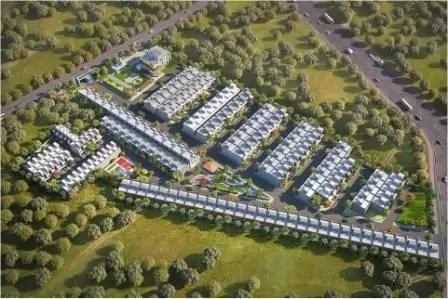
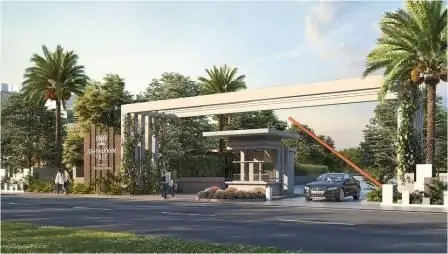

B&I: If we take premium projects as a given, what are the challenges you face across the range – in housing, commercial spaces, hotels, etc.?
VS: When you talk of commercial and residential spaces, both these sets of projects have their own challenges. In commercial spaces, sustainability is one of the important factors underlying the selection of solutions. The client is very demanding on the sustainability front. And as an Architect, I am pleased with the sustainable building solutions that are available today in the Indian market.
As a contrast, in the housing spaces, though sustainability is also a factor, but more important is the fact that we need to give more facilities in a given area. This sometimes is more challenging in premium residential projects.
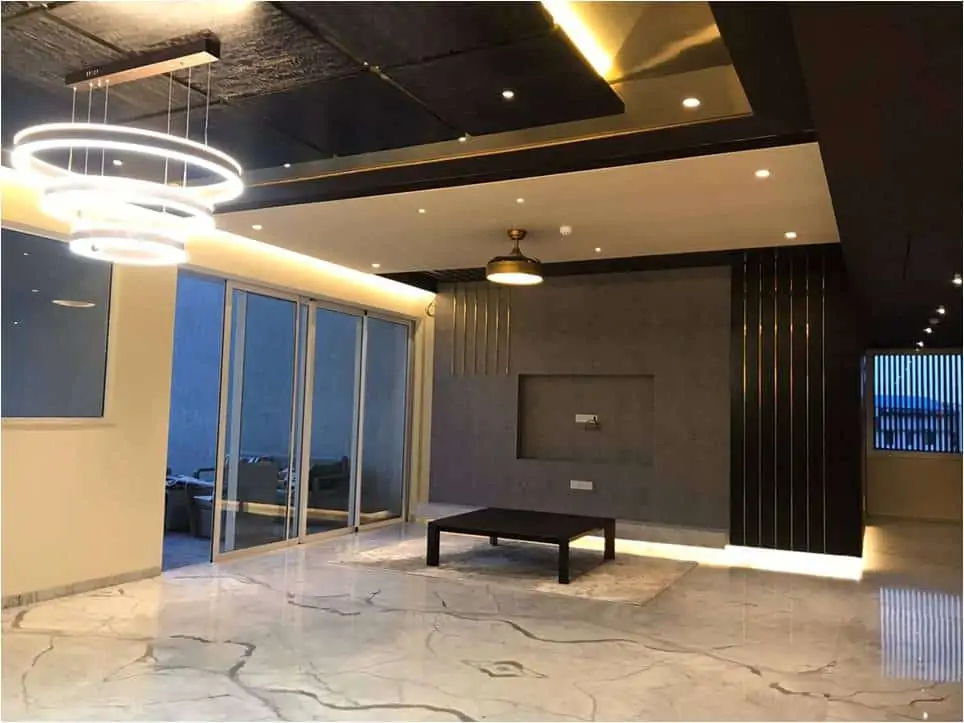
B&I: As an Architect, how do you see the interaction/association with Consultants – say the Plumbing Consultants? How do you see the scope of improvement in this dynamics?
VS: Consultants, be it the Plumbing, Electrical, Lighting or Façade Consultants are specialists in their work. We need to treat each of these Consultants as part of the team to make the project a success. And since an Architect is at the vantage point to see the project in totality, I value inputs of each of the Consultants. With experience, relationships with Consultants grow and we are able to work seamlessly as a team. We are able to explain to the client the solutions proposed in an easy to understand language. In my opinion, use of commonly used/easy to understand language and live demonstration/videos makes the situation simpler for all the stakeholders.
B&I: India is considered as a price-sensitive market. You work on projects which are not necessarily driven on price sensitivities. How easy/difficult is it for you to be on the same page as the client?
VS: The Architect is the project designer. And as a designer, it is of utmost importance that we understand the requirements/briefs of clients, especially when their budget is low. We ensure that our design factors in the budgetary constraints without compromising on the functionality of the design. The clients are very practical these days and understand the solutions proposed.
B&I: What are some of the best practices that you would like the Indian building materials market to assimilate from the other parts of the world?
VS: The Indian building materials market has come a long way. When I started my practice, the kinds and quality of materials available were much different. Now, we have most of the international suppliers having their own presence in the Indian market. This has given access to us of world-class solutions with the assurance of after-sales service on our projects.
Still, I see a gap between what is available and what can be. This sometimes creates a market for imports that is addressed by distributors. This is something that we, as Architects, find difficult to be comforted by. It surely benefits the projects if the materials are made available by companies having their ‘own’ presence in India. Floor tiles, wall tiles and marble is one such market, where global trending designs are not always available. When a discerning client goes online and sees those designs, he wants these designs in his project. The brand themselves should make such designs.
B&I: How has your interaction with clients and suppliers changed due to Covid19? How do you see the technology assisted tools used by suppliers to explain their products and solutions?
VS: Going digital is the ‘New Normal’. Architects have started adapting to this new format of information and ideas exchange between the client and the suppliers. There are various options that are discussed and the most suitable option is finalised virtually. This is how it seems would work for some time. But all the concerned parties are increasingly getting comfortable and are deriving efficiencies in the digital world.
B&I: The building products industry in India has come of age. You get many world class solutions with a good service support. Which product categories you feel satisfied with and which are the ones you see the scope for improvement?
VS: As of now, we have come across many different product categories, amongst which the German brand Stiebel Eltron is one of the brands that I recommend for sustainable premium solutions in the heating and ventilation segment. Stiebel Eltron has a good presence in the Indian market with a strong support network. This segment is also important for my line of work since most of my premium projects, as I said earlier, have the requirement of sustainability.
B&I: You have spent 2 decades in the premium projects market. What is your advice for young Architects looking at entering this segment of the market?
VS: As an experienced Architect, I would like to suggest the young architects to get into depth of whatever they are working on, and also maximize their knowledge on the current trends of designs. Keep reading and always challenge yourself on your understanding of the new concepts in Architecture and solutions available in the market. As long as you keep your ‘learning window’ open, you will keep getting better.










